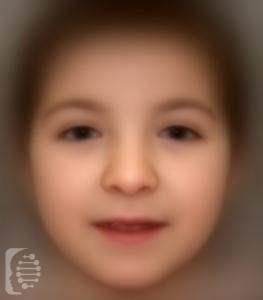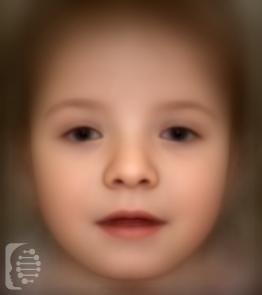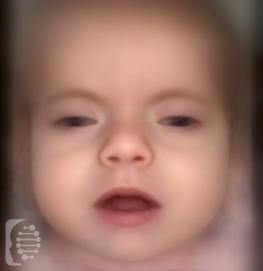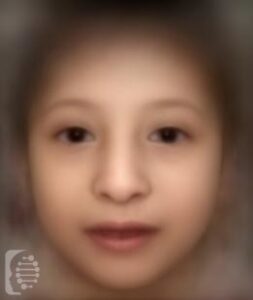
Rothmund-Thomson syndrome
Rothmund-Thomson is a rare genetic syndrome that affects multiple parts of the body. Many of the main symptoms affect the skin especially. The syndrome also presents with many unique physical features. Affected individuals are also at higher risk of cancer. There are around 300 reported cases of the syndrome worldwide currently. This syndrome is also […]






